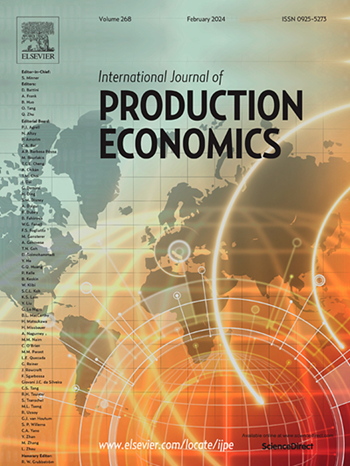Contracting for system availability with zero ownership cost via redundancy, maintenance and repairable inventory
IF 9.8
1区 工程技术
Q1 ENGINEERING, INDUSTRIAL
引用次数: 0
Abstract
Though various types of availability-based contract models have been developed, there is a lack of studies in which reliability-redundancy and maintenance service logistics are jointly considered. This paper proposes a principal-agent model to manage performance-based contract for zero ownership cost and no moral hazard. The equipment supplier plays as an agent who determines redundant units, maintenance time, spares inventory and repair capacity to maximize the service profit. The customer plays as a principal who stipulates system availability target and the payment scheme for attaining zero cost of asset ownership. The novelty of the model lies in two aspects: a) it represents a first-of-its-kind in designing system availability-based contract in an integrated redundancy-maintenance-inventory optimization framework; and b) the customer bears zero ownership cost while the supplier's profit margin is guaranteed. Three major findings are obtained. First, the supplier's actions are proved to be fully observable to the customer, hence a first-best contract solution is obtained. Second, if the customer imposes the cost limit on individual systems, the supplier opts to increase the system availability for reaping a larger profit. Third, one emergency repair server is generally sufficient to remedy the spares stockout situation regardless of the fleet size.

求助全文
约1分钟内获得全文
求助全文
来源期刊
CiteScore
21.40
自引率
7.50%
发文量
266
审稿时长
52 days
期刊介绍:
The International Journal of Production Economics focuses on the interface between engineering and management. It covers all aspects of manufacturing and process industries, as well as production in general. The journal is interdisciplinary, considering activities throughout the product life cycle and material flow cycle. It aims to disseminate knowledge for improving industrial practice and strengthening the theoretical base for decision making. The journal serves as a forum for exchanging ideas and presenting new developments in theory and application, combining academic standards with practical value for industrial applications.

 求助内容:
求助内容: 应助结果提醒方式:
应助结果提醒方式:


